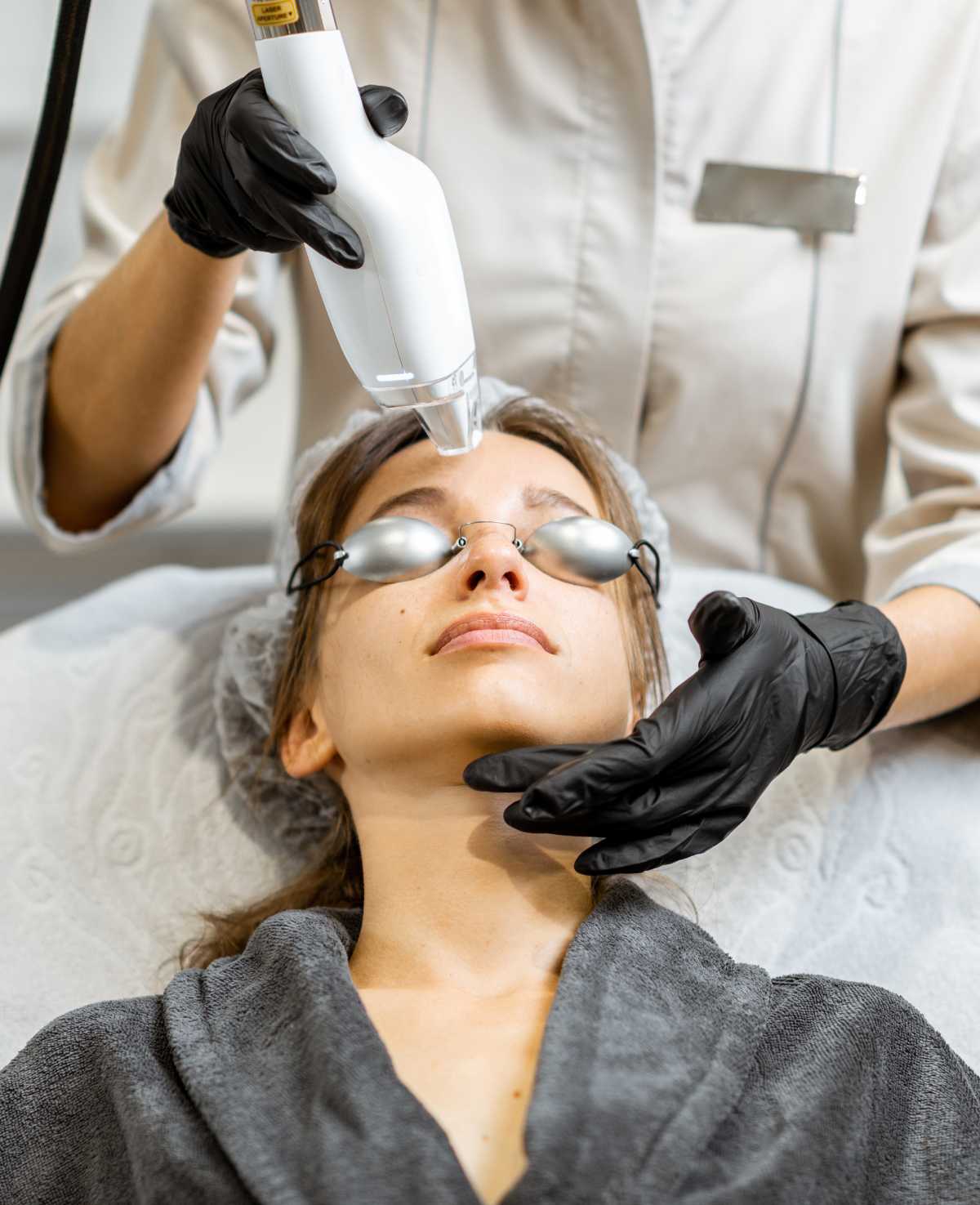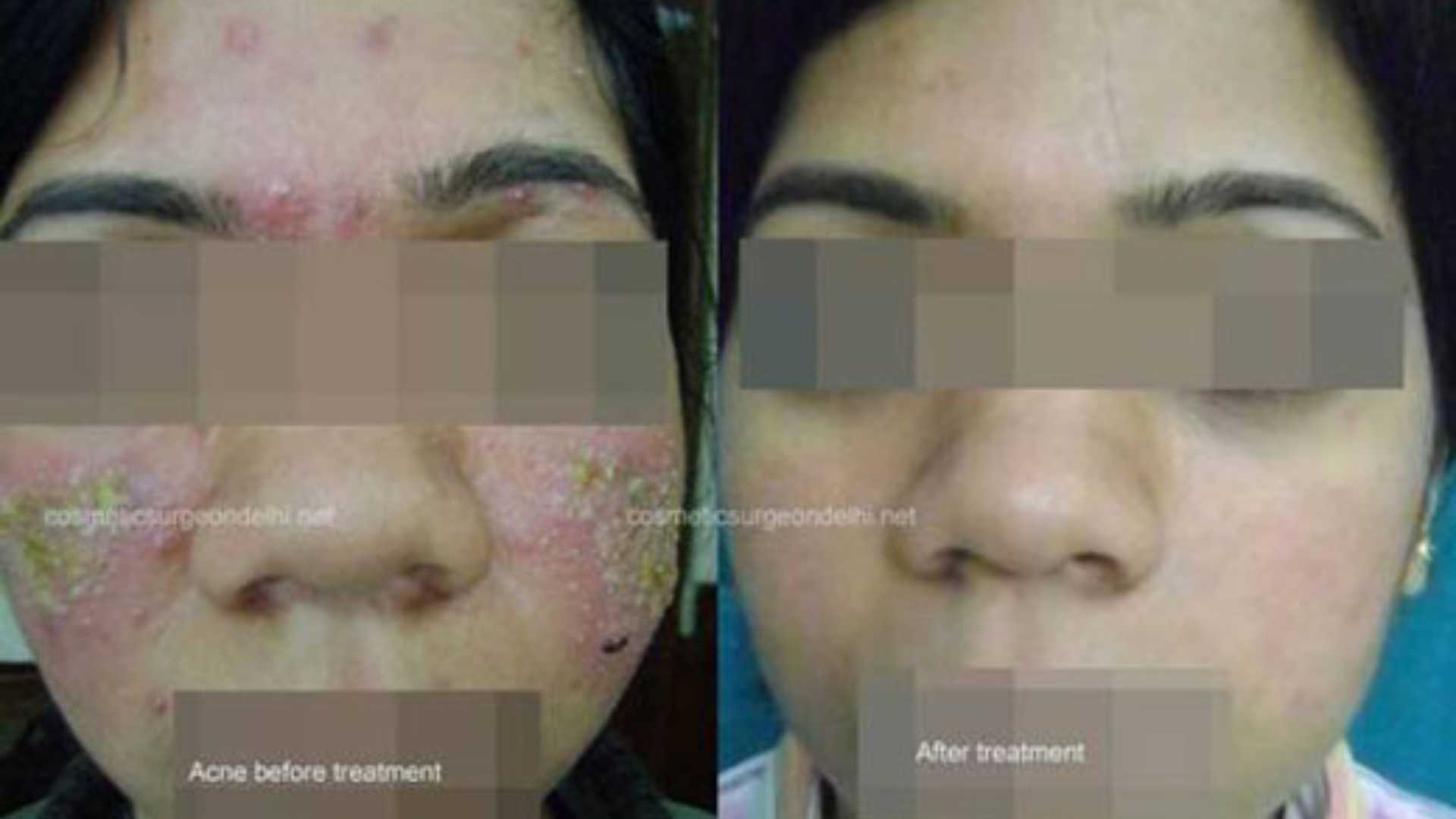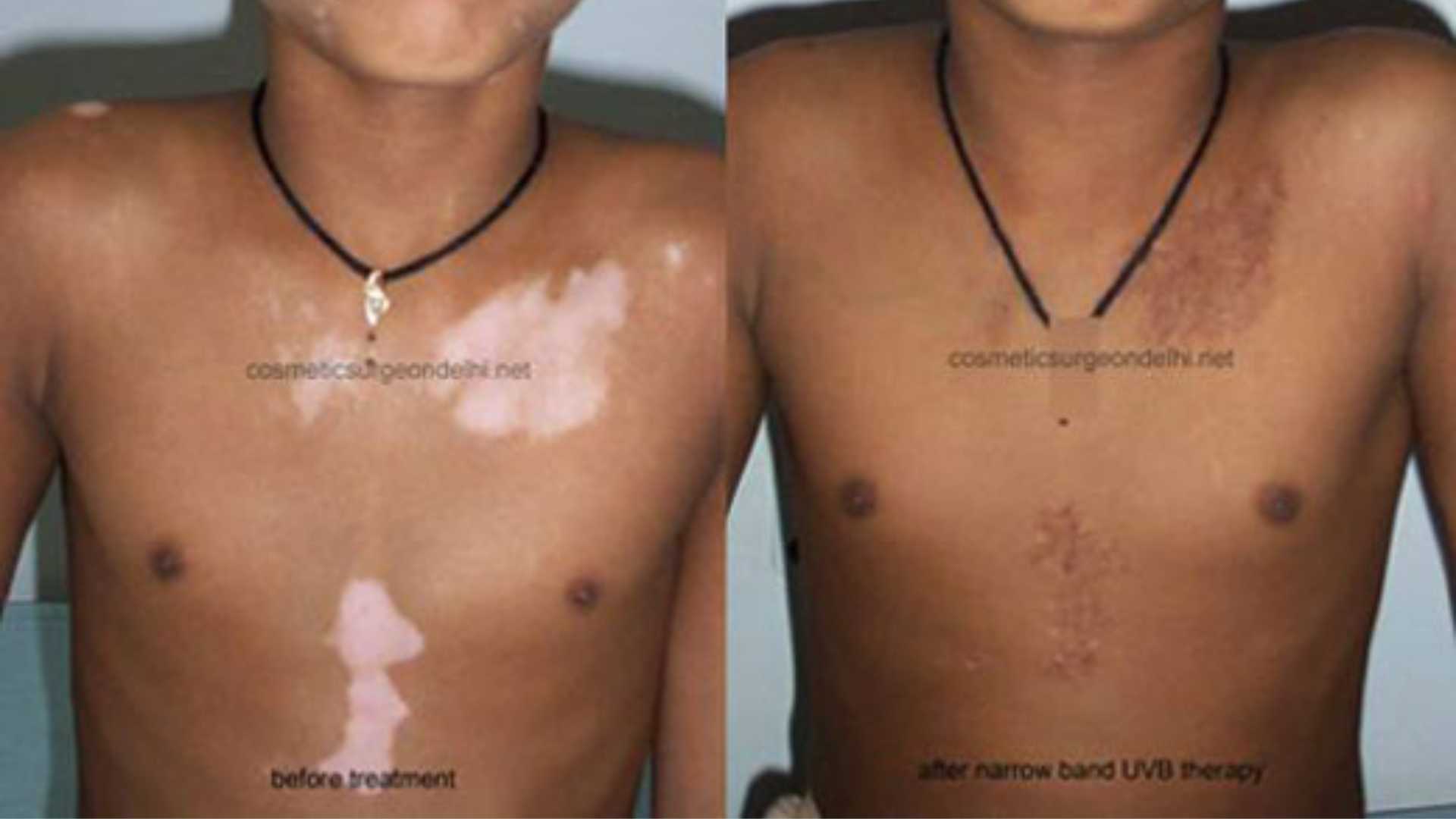
Dermatologic Treatments
The word Laser is an acronym for “Light Amplification by Stimulated Emission of Radiation”. Depending on wavelength, the laser light is selectively absorbed by the target tissue such as melanocytes, hair follicles or blood vessels. On absorption it gets converted into heat energy and causes selective destruction of the target component.
Lasers have widened the scope of efficient treatment for certain indications which were in the past either untreatable or required extensive surgery over a prolonged time. These can now be treated with less down time and much better cosmetic results. Laser treatments are mostly office procedures.
Lasers in dermatology and cosmetic surgery are of various types. Different lasers are used for different indications. The common indications are :
-
-
- Hair removal/reduction
- Birth marks
- Tattoo removal
- Tumor/ warts/ mole excision
- Vascular (Red) and pigmented (black, brown) lesions
- Scar revision
- Active Acne and Scars.
-
Proper patient selection and judicious use of laser technology along with certain precautions yields good cosmetic result without any side effect. Generally multiple sittings are required for consistent and substantial results.
Cryotherapy is an important treatment modality in the field of dermatology , in which local freezing is used for controlled destruction of the tissue. It has very high safety profile, easy to perform and high cost effectiveness. Being an office procedure it does not require any special patient preparations.
There are many cryogens which can be used for this purpose but Liquid Nitrogen is the cryogen of choice today as it is the coolest cryogen, easily available and decreases temperature of the tissue which can even destroy the malignant lesion as well.
Cryotherapy is commonly used for benign lesions like warts, molluscum contagiosum, seborrhoeic keratosis, granuloma pyogenicum, skin tags and mucoid cyst. It is also effective in conditions like actinic keratosis, leukoplakia and basal cell carcinoma.
Acne commonly known as pimples is a very common problem which usually starts in adolescence and generally resolves in mid to late twenties. It is because of hypertrophy, obstruction and subsequent infection of the oil producing glands called sebaceous glands present on our face, chest , upper back and shoulders. It is said that a person is more likely to develop acne than any other disease in his lifetime.
The severity can vary from a self resolving very mild disease consisting of few black heads to a very severe nodulocystic form which tends to leave permanent disfiguring scars. Appearance is an important factor in social and emotional functioning. Appearance, particularly facial appearance, represents an important aspect of one’s perception of body image. Though it is a cosmetic problem but its early treatment is very important not only to prevent permanent scarring but also to boost self confidence and esteem in the productive years of life.
Now a days successful medical treatment is possible which can significantly limit the disease duration, clear the acne and prevent recurrences. Treatment options include not only topical and oral medications but also anti acne peels, phototherapy and lasers for the faster results.


It is a condition in which there is depigmentation of skin. It occurs in around 1% of population. It occurs due to damage or loss of melanocytes (cells responsible for skin colour). Though the definitive cause is unknown, the disease may be due to autoimmune, genetic, neural cause. Depending on area involved, vitiligo may be classified as Segmental or Non Segmental which is more common. Non Segmental vitiligo may further be classified into Generalized, Universal, Focal, Acrofacial and Mucosal Variants.
The treatment can be with the help of UVB Phototherapy, PUVA Phtotherapy and Melanocyte Transplants.
UVB Phototherapy : It is considered the gold standard of treatment for vitiligo It uses 311 nm portion of the UVB spectrum and helps stimulate pigment cells called Melanocytes to produce melanin in white patches. Narrow band UVB light therapy has an immunomodulatory effect on the immune system, so it can possibly stop development of new patches as well. There is no need to take any photosensitizing oral medicine with NB UVB therapy. NB is available as whole body chambers, panels , hand held small devices and combs and can be done in the doctor’s clinic or, with a doctor’s prescription, from home using a full-length panel or a handheld device. The handhelds are very convenient for small areas of vitiligo but take long time to use for large areas as they cover a very small area at a time. NB is also used in combination with other medical therapy and also to enhance the effect of vitiligo surgery. NB can be used on children old enough to stand still and keep goggles on. It is also safe during pregnancy as well. Treatment is usually given 3 times a week and the response is generally visible in 6-8 weeks. It may take 4-6 months for complete coverage of all the patches.NB therapy is very safe if done under guidance of a dermatologist. Potential side effects of NB include tanning, temporary redness or burning if overdose is given Only full sized body units provide the immune suppression needed for stabilization that may halt further pigment loss, as the handheld units only treat isolated areas. Eye protection using UV protected glasses is must during treatment to protect the eyes, but isn’t necessary once the treatment is over.
PUVA Phototherapy : It involves, the intake of a drug that increases the sensitivity of skin to UV light, such as a Psoralen. The skin is then exposed to high doses of Ultraviolet A light. The schedule is similar to that of NB therapy. Because of high doses of UVA light and Psoralen, there may be some side effects such as sunburns or skin freckling.
Melanocyte Transfer : Melanocyte transfer may be carried out, by transplanting these from a healthy pigmented area in body such as gluteal region or thigh, to the depigmented area. Various methods of transferring melanocytes are, Sheet Grafting, Micro Punch Grafting, Suction Blister Grafting and Melanocyte Transplant.
Botulinum Toxin is a protein and neurotoxin, normally synthesized by a bacterium, Clostridium Botulinum. This bacterium sometimes grows in improperly preserved meat products and when consumed, leads to poisoning, which results in paralysis by blocking neuromuscular transmission of acetylcholine. In 1960s, therapeutic effects of botulinum toxin were discovered and first used in ophthalmology. The cosmetic effects of Botulinum Toxin A were first described for wrinkles in 1989. Gradually, the indications became more defined and presently, it is used routinely for dynamic facial and neck lines and wrinkles, excessive sweating, hidradenitis in early stages, masseteric hypertrophy, blepharospasm and strabismus (squint), cervical dystonia, upper motor neuron syndrome such as cerebral palsy and chronic migraine.
For face and neck, the Botox injections are used to get rid of crow’s feet (around the corner of eyes, especially on laughing), forehead lines (horizontal lines, formed on raising eyebrows), vertical forehead frown lines, marionette lines (radiating from corners of mouth), in combination with other treatments such as fillers.
The treatment is carried out as OPD procedure and takes 10-15mins. It involves injection of Botulinum Toxin A using very fine needles, into previously determined points. The full effects are evident in 5-7 days and last 4-6 months.
Medical Tattooing is the process of uniform implantation of very fine inert skin color matching pigment granules into the skin, so as to artificially create a permanent cosmetic camouflage using manual or electrically driven needles.
Over the years this technique has attained many advancements and with the help of modern colours and equipment a good colour matching is usually obtainable. The most important advantage of tattooing is, instant result with no downtime.
Tattooing is commonly used for small size patches of vitiligo (leucoderma) affecting lips, nipple, areola etc. It is also sometimes used as decorative tattooing for creating permanent eyeliner, lipstick and moles. The tattoo pigment once implanted and well accepted by the body usually does not undergo any further major change, after the initial 3-4 months. However, sometimes the tattoos fade a little with aging. Therefore touch tattooing is required in some cases.
